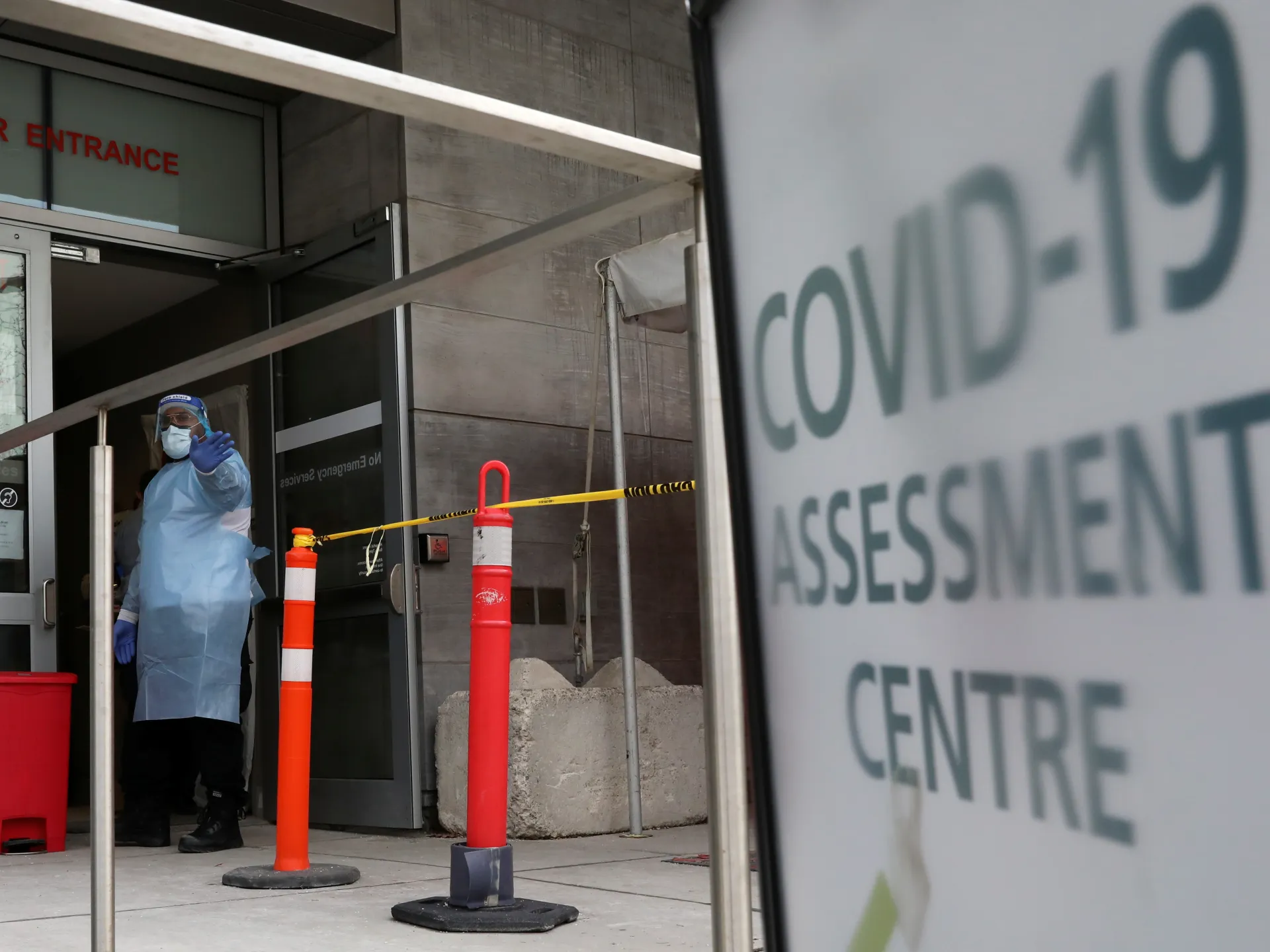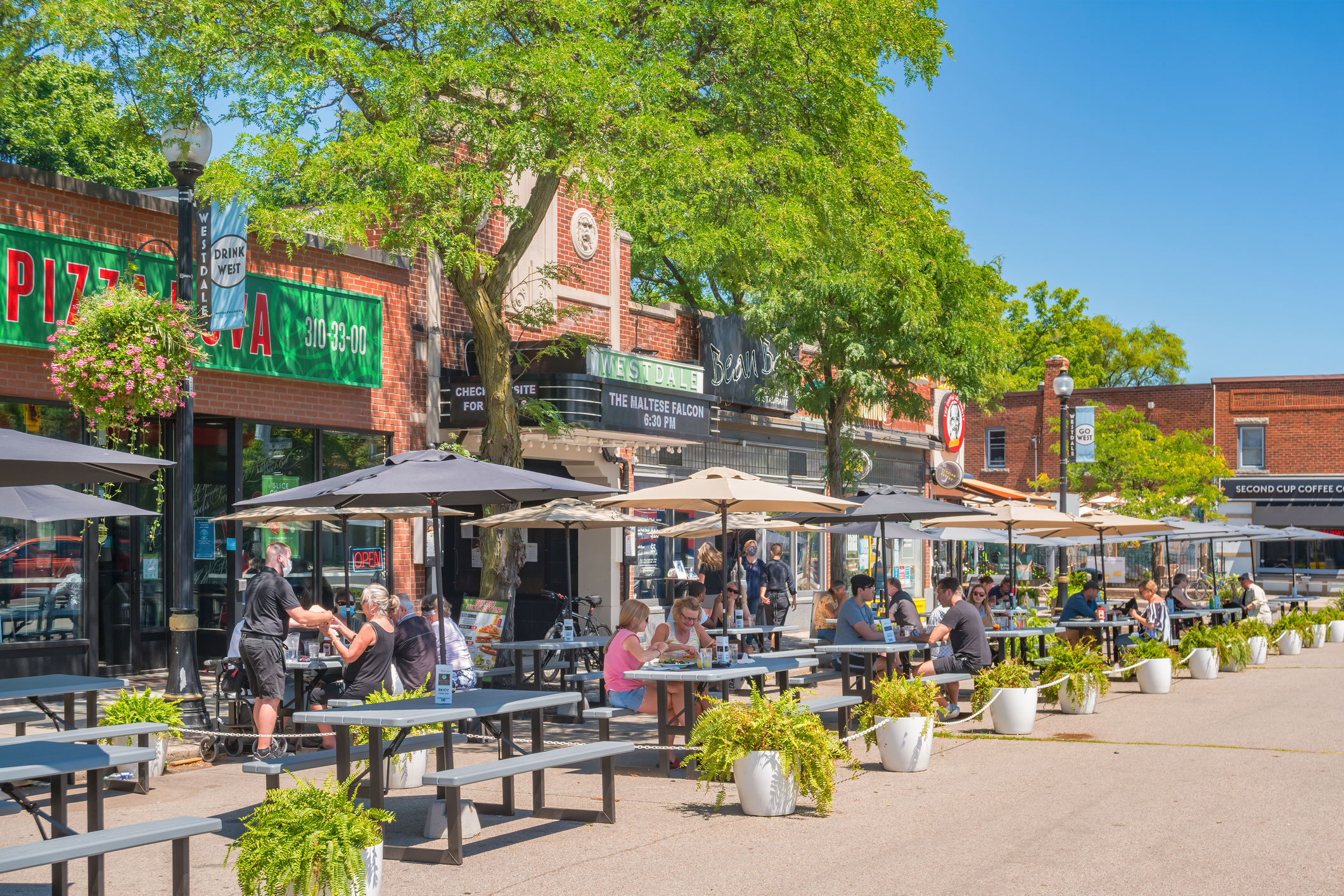Will cities have to shelve their climate resilience efforts because of COVID-19?
|
Many cities have a roadmap to advance resilience post-COVID
|
An exercise in multi-solving and holistic resilience
If we approach the question from a holistic resilience perspective, the answer should be no.
Resilience professionals currently working with municipal clients and networks (such as the City of Kingston and the City of Victoria and others) have been encouraged by city staff who remain ambitious and determined when it comes to climate change projects. The notion that COVID-19 must pull us away from our work ignores the fundamental fact that resilience applies to more than just extreme weather and climate change.
The resilience thinking and tapping of resilience experts into the fight against COVID-19 demonstrates the overarching value of a holistic approach. The recovery process, including infrastructure stimulus spending, can provide cities with an opportunity to leverage existing and new climate change projects and deploy a resilient response to COVID-19 that not only achieves climate objectives, but also builds a city’s capacity to respond to a variety of systemic shocks.
|
Cities have already begun to think creatively about how to repurpose funding for important projects. In the long term, the financial impact of COVID-19 and the pending federal stimulus spending present an opportunity for cities to rethink how they use available and upcoming funding in a more resilient way.
The prevailing wisdom is that the stimulus will be focused (at least in part) on infrastructure. One mechanism already in place to help cities advance their built resilience is Infrastructure Canada’s Climate Lens framework, which requires that mitigation and adaptation be considered as a pre-condition for project funding. In addition, many municipalities already have plans and policies that provide a structure for local resilience and disaster recovery. Resilience strategies, like those developed with support from organizations such as 100 Resilient Cities, Canadian Urban Sustainability Practitioners (CUSP), ICLEI Canada, and Global Resilient Cities, have laid the groundwork for programs such as home energy loans, flood mitigation projects, green infrastructure, and more. These plans and programs give cities a roadmap for injecting resilience into our economic recovery so cities can move quickly when the funding becomes available.
|
When more government funding for cities is inevitably unlocked, there will be a push to quickly mobilize projects and stimulate the local economy. Cities have an opportunity to implant resilience-building at the centre of capital planning so that our recovery is designed to mend, not widen, the cracks we know to exist in our systems. Some key considerations include:
-
Prioritize actions and programs that multi-solve numerous challenges through one intervention. Start with projects that are “shovel-ready,” and when implemented, would improve preparedness and response to various shocks – climate-related, COVID-19, and others.
-
Economic stimulus will likely include infrastructure investments, a key driver for cities to plan for future shocks and risk interdependencies, and pursue innovations in blue and green infrastructure. Ideally, resilient infrastructure looks beyond hardscapes and considers the needs of the people it serves. We have an opportunity to design future-ready infrastructure that supports connectedness and cohesion for the people who live, work and play in our communities.
-
Resilience planning should be done in collaboration with a diverse range of municipal and community stakeholders to ensure that every stage of the project is grounded in equity, accessibility, and inclusivity. Tap into existing networks where relationships and trust already exist, to mobilize quickly and work to shift the structures that do not currently support equity and affordability.
-
Personal resilience has a vital role to play. Cities and community partners should continue to support people in preparing for extreme weather and other emergencies at the individual and household level.
Most importantly, the response to both climate impacts and COVID-19 should mainstream resilience through city-wide operations, plans, and processes for the long-term. Cities can adjust the way they fund, design, and implement projects to consider resilience every step of the way, and in natural succession, people and places will become more prepared for a variety of shocks and stressors.
Many of us have seen first-hand the strain cities face from disasters. But local leadership will always characterize the stories we tell and the lessons we learn from crises. The tremendous efforts mobilized within communities has shown us what’s possible, even in the worst of circumstances. There is a wealth of support available for cities looking to connect with one another and put holistic resilience at the forefront of their COVID-19 recovery. This time, cities can tell a story of resilience that sparked transformation of a whole system, through these two crises and beyond.
Elliott Cappell is Director of Climate Change and Resilience at WSP. Watch the full panel discussion.



